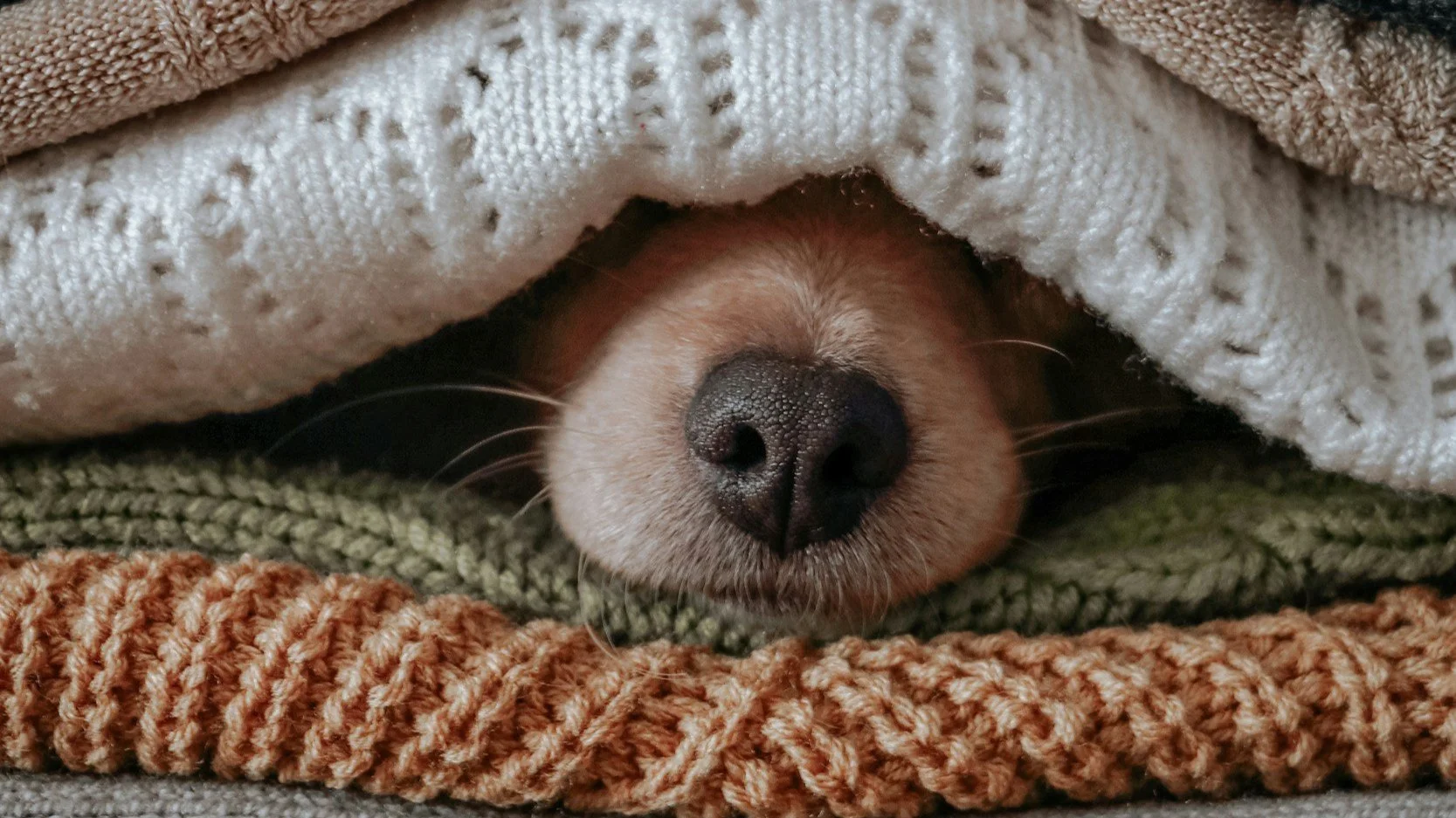Sudden Dog Misbehaviour? Why It Might Be Communication, Not Disobedience
It Was Going So Well… Until It Wasn’t
You’ve put in the work.
You trained with care.
Your bond was strong.
Then suddenly…
Your dog barks at every sound.
They refuse to eat unless you're next to them.
They chew the doorframe when you leave.
They growl when you try to touch their paw.
You wonder:
“Why is my dog misbehaving out of nowhere?”
But what if this isn’t misbehaviour at all?
What if it’s communication?
🔎 Quick Look: Common Sudden Behaviour Changes in Dogs
If any of these sound familiar, you’re not alone—and your dog might be trying to tell you something important:
Barking at familiar sounds
Ignoring known cues
Chewing furniture, shoes, or doorframes
Toileting indoors after being fully house-trained
Growling during rest or handling
Pulling on the lead after walking well
Clinginess or following you constantly
Barking or howling when left alone
🧠 Behaviour Is a Clue, Not a Crime
Dogs rarely act out just because. Most so-called “naughty” behaviours are actually emotional signals—pleas for help, expressions of fear, or reactions to stress.
As the IAABC (International Association of Animal Behavior Consultants) reminds us:
“All behaviour serves a function. What we label ‘bad’ is often a normal response to unmet needs.”
Let’s explore what your dog might be trying to tell you—and how you can help them feel safe again.
Why Do Dogs Suddenly Start Acting Differently?
Sudden behaviour changes are usually a response to something—internally or externally. Here are some of the most common causes:
Pain or health issues
Emotional overwhelm or fear periods
Changes in environment, routine, or household dynamics
Boredom or lack of mental stimulation
Loss of confidence or predictability
Understanding the “why” helps you support your dog with empathy—not frustration.
1. Barking at Sounds They Used to Ignore
We think: “They’re being dramatic.”
They might be saying:
“I’m overwhelmed. That startled me—I need to feel safe.”
🧩 Why it happens: Dogs go through fear periods, pain flare-ups, or sensory overload just like us.
✅ What helps: Gentle reassurance, white noise, safe spaces, calming routines.
2. Chewing Furniture or Shoes ‘Out of the Blue’
We think: “They’re punishing me for leaving.”
They might be saying:
“I was anxious and needed to self-soothe.”
🧩 Why it happens: Separation-related stress, changes to the daily routine, or loneliness.
✅ What helps: Chew-safe toys, enrichment games, gradual alone-time training.
3. Ignoring Cues They Used to Know
We think: “They’re being stubborn.”
They might be saying:
“I’m too distracted or stressed to focus.”
🧩 Why it happens: Adolescence, emotional dysregulation, fear, or demotivation.
✅ What helps: Revisit cues playfully, reduce distractions, and train in low-pressure environments.
4. Growling While Resting or Eating
We think: “They’re becoming aggressive.”
They might be saying:
“I don’t feel safe. Please respect my space.”
🧩 Why it happens: Growling is a warning signal—an honest expression of discomfort.
✅ What helps: Respect rest spaces, teach consent-based handling, build trust through positive associations.
5. Pulling on the Lead After Previously Walking Well
We think: “They’re ignoring me on purpose.”
They might be saying:
“Something feels unsafe—or something is pulling me in.”
🧩 Why it happens: Anxiety, over-arousal, or loss of focus in stimulating environments.
✅ What helps: Decompression walks, reinforcing connection before correction, choice-led walking.
6. Toileting Indoors After Being Fully Housetrained
We think: “They’re being lazy or spiteful.”
They might be saying:
“I’m confused, anxious, or something feels off in my body.”
🧩 Why it happens: Medical issues, weather changes, sensory decline, stress.
✅ What helps: Rule out health concerns, revisit toilet routines gently, maintain consistency.
7. Barking or Howling When You Leave
We think: “They’re spoiled or overly attached.”
They might be saying:
“I don’t know how to feel safe without you.”
🧩 Why it happens: Separation distress is an emotional challenge, not a behaviour flaw.
✅ What helps: Solo-enrichment, calm exits and returns, gradual desensitisation, and support.
8. Clinginess or Following You Constantly
We think: “They’ve become needy.”
They might be saying:
“I don’t feel confident in the world right now. You are my safe person.”
🧩 Why it happens: Stress, new environments, cognitive changes, or post-stress recovery.
✅ What helps: Calming enrichment, predictable routines, slow independence-building.
The Shift: From Control to Curiosity
When we label behaviour as “bad,” we shut down empathy.
When we get curious, we open the door to true understanding.
A growl is not betrayal—it’s communication.
Pulling is not rebellion—it’s a need.
Barking is not defiance—it’s expression.
Your dog isn’t trying to dominate you, embarrass you, or punish you.
They’re trying to be heard.
What To Do Next
Notice the change—don’t just react to it.
Ask what might have shifted—emotionally, physically, or environmentally.
Support first, train second.
Reach out for help—especially if you’re unsure. Force-free support can change everything.
💬 Ready to Understand Your Dog, Not Just "Fix" Them?
I offer online consultations designed to decode sudden changes in behaviour—so you can work with your dog, not against them.
Together, let’s build a relationship based on trust, empathy, and understanding.
Your dog deserves to be heard—and you deserve to feel confident again.




